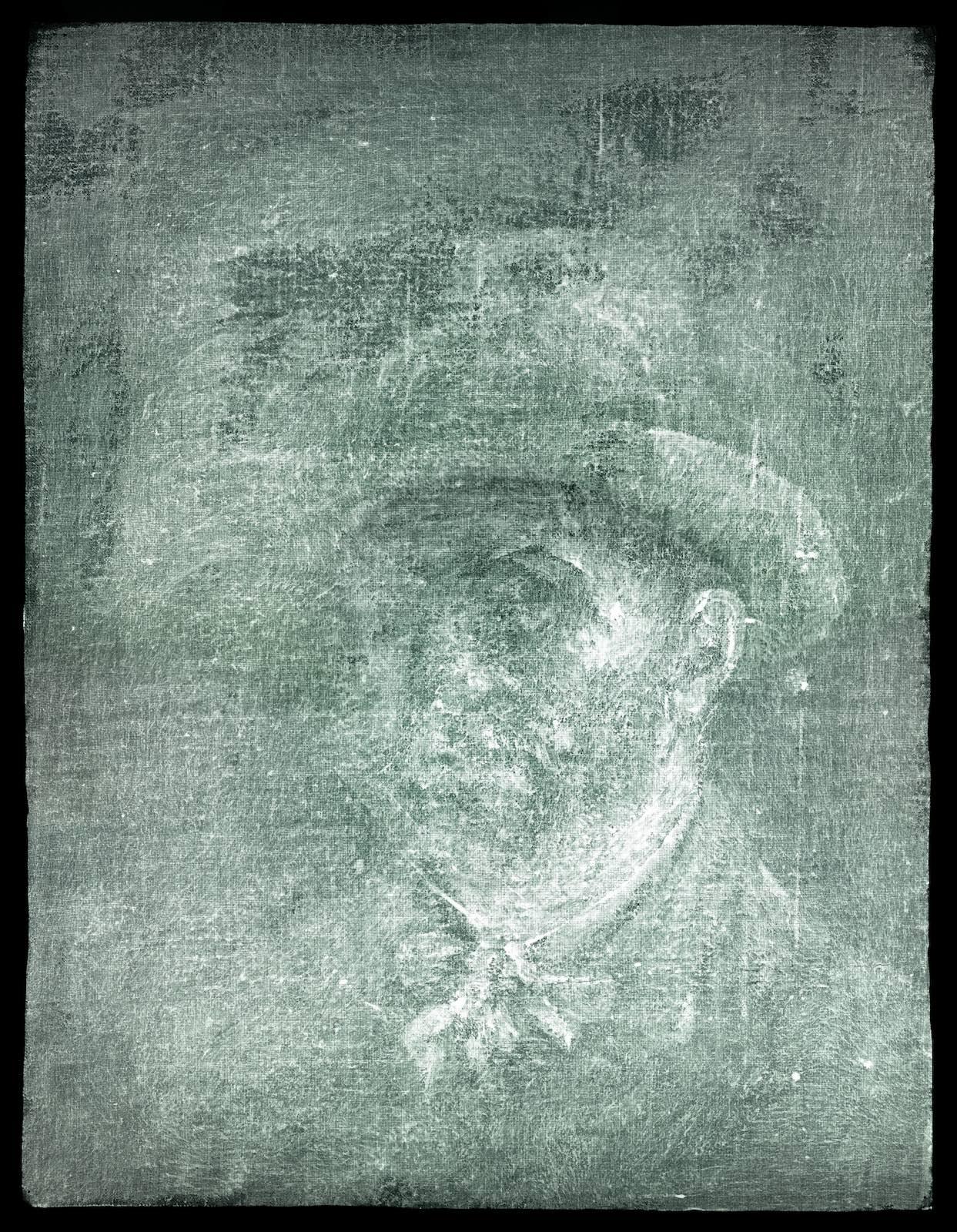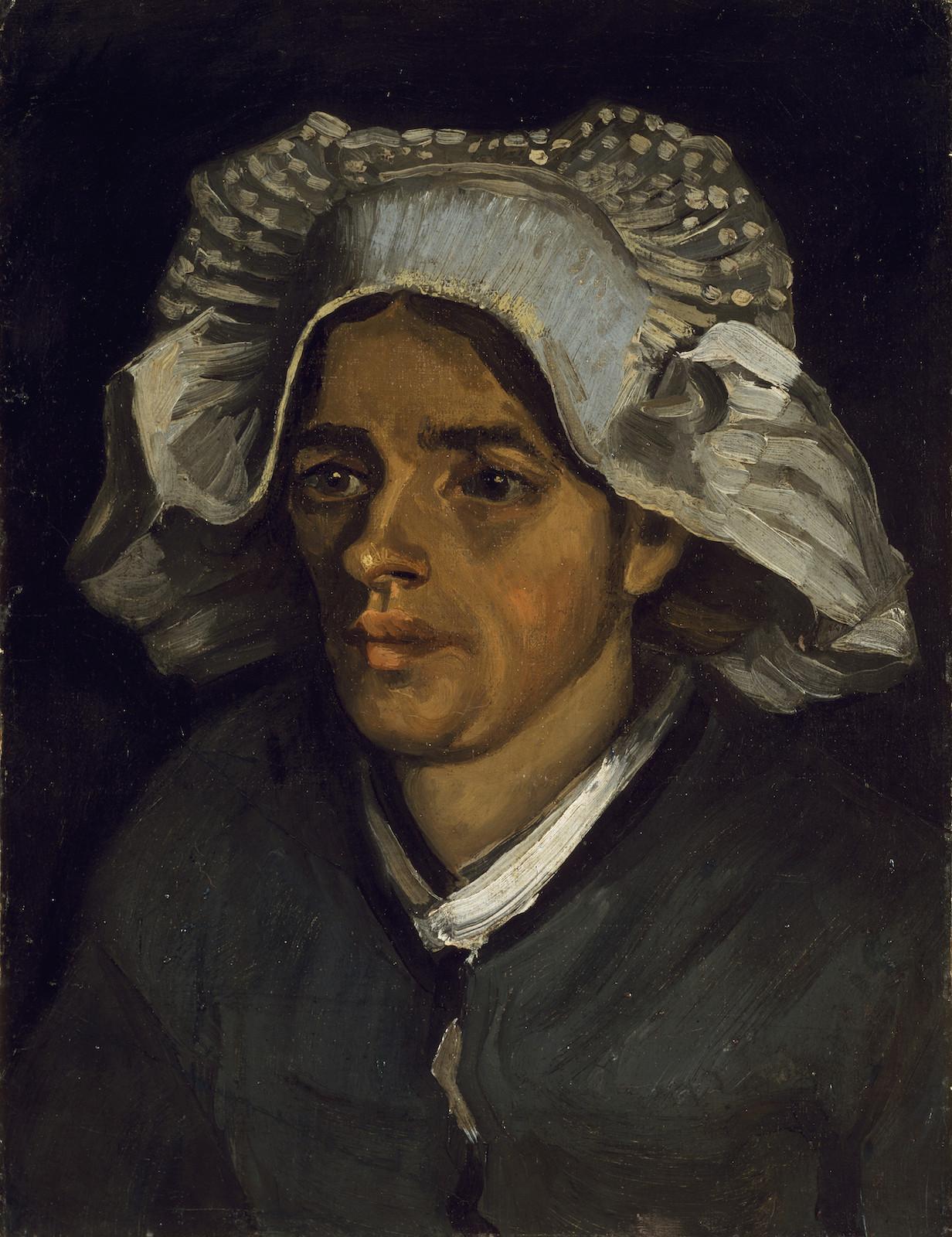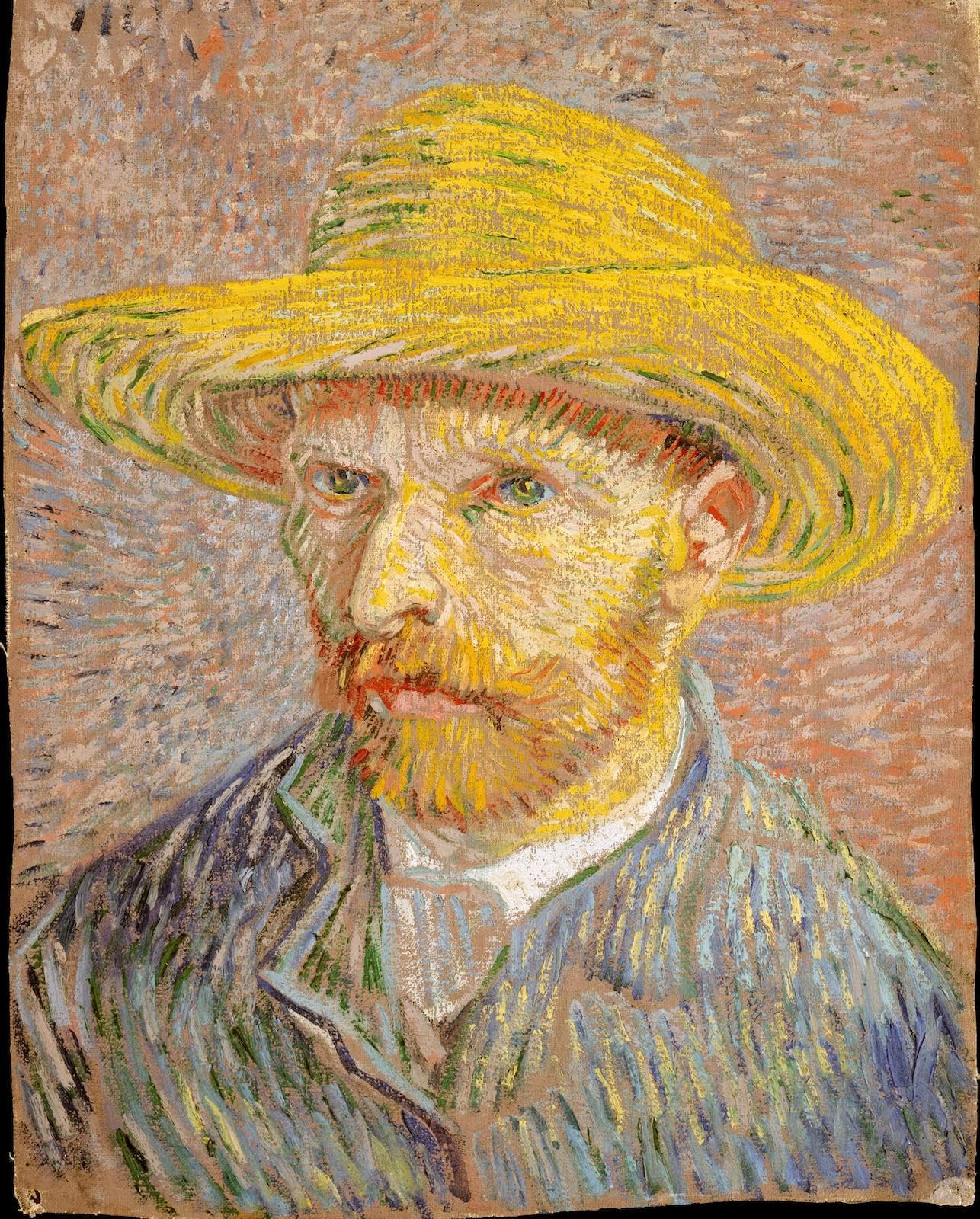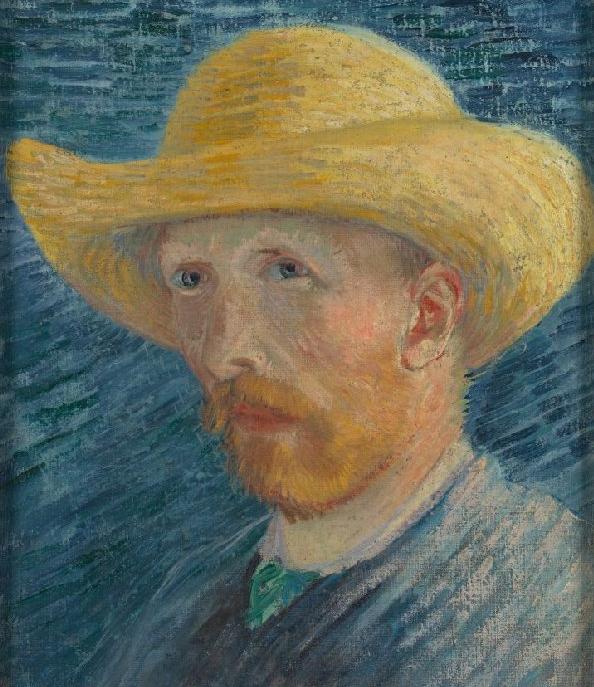Conservators at NGS stumbled across the self-portrait during preparatory work for the Royal Scottish Academy’s upcoming exhibition—A Taste for Impressionism: Modern French art from Millet to Matisse (July 30 – November 13, 2022). The exhibition was conceived as a way to showcase and examine how visionary Scottish collectors were during this revolutionary era of art production. The discovery of a new Van Gogh within the extant collection will surely add an unexpected yet fitting layer of intrigue and depth to this initial concept.
The find, which they hope to eventually unearth with delicate conservation work, was detected with an x-ray of Van Gogh's Head of a Peasant Woman (1885). According to records from the Van Gogh Museum, similarly applied cardboard was removed from three self-portraits painted on the verso in 1929 by the Dutch restorer Jan Cornelis Traas. As announced in a press release from NGS: “Visitors will be able to see the amazing x-ray image for the first time through a specially crafted lightbox at the center of the display” in the upcoming exhibition.
Although Van Gogh was known to reuse canvases and even typically opted to paint new compositions on the backs of finished works rather than atop old ones, this hidden self-portrait is unusual because it was, as mentioned prior, additionally concealed.

































